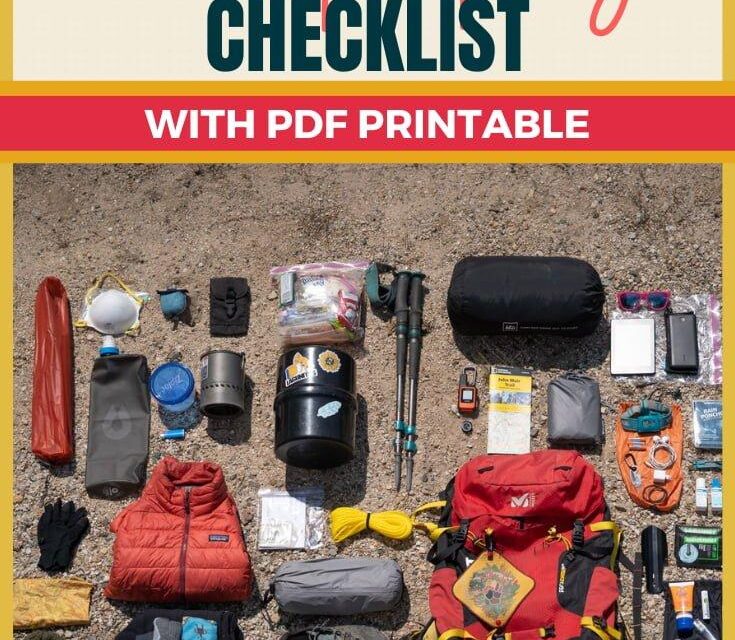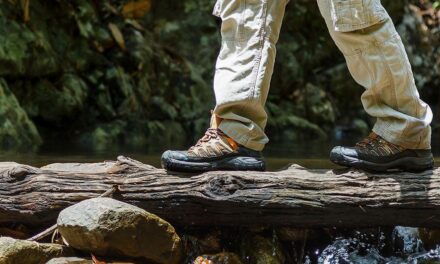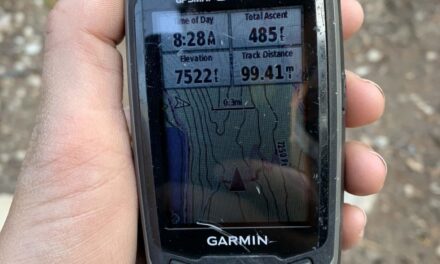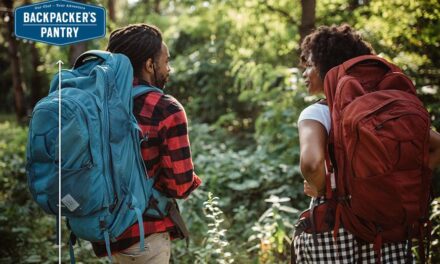The Ultimate Thru-Hiking Gear List: Essential Tips for Your Multi-Day Adventure
Estimated reading time: 12 minutes
Table of Contents
Key Takeaways
- Invest in lightweight, durable gear that balances safety and comfort for multi-day hikes.
- Follow a structured training plan to build endurance and prevent injuries before your trek.
- Pack strategically to optimize weight distribution and quick access to essentials.
- Understand specific trail sections like the Sierra Nevada and Northern California to prepare appropriately.
- Conduct a thorough gear shakedown hike before your long-distance adventure to identify necessary adjustments.
Body Content
Section 1: Essential Gear for Thru-Hiking
Preparing for a successful thru-hike involves focusing on your big three — shelter, sleeping system, and backpack — which greatly influence your comfort and experience.
Shelter and Sleep
- Backpack: Choose one with a capacity of 45-55 liters and made with a waterproof liner. Ensure it can fit a bear canister if required, with options like framed or lightweight frames for better support.
- Tent or Trekking-Pole Shelter: Opt for a storm-resistant, quick-setup shelter, ideally lightweight (sub-2 lbs) trekking-pole tents. Reliable materials and ease of repair are key.
- Sleeping Bag or Quilt: Use a bag rated for 15-20°F with a lightweight insulated pad for warmth and cushioning.
- Canister Stove: Pair with a 700-900 ml pot and simple spoon; consider cold-soak methods to cut weight.
- Water Treatment: Carry a filter plus backup drops or tablets. Plan for at least 3 liters capacity in hot or dry sections.
- Bear Canister: Mandatory in areas like the Sierra; check current regulations.
Footwear and Clothing
- Trail Runners: Lightweight and quick-drying, they are preferred for long-distance hikes. Bring extra socks for rotation.
- Layering System: Start with a sun shirt/base layer, add fleece or insulated jacket, then a breathable rain shell. Include rain pants and warmer layers for variable conditions.
- Trekking Poles: Provide stability and knee support, especially near rivers and snow.
Navigation, Safety, and Communication
- Navigation: Use offline mapping apps along with paper map and compass. Include a headlamp with spare batteries, repair kit, knife, lighter, whistle, and first-aid kit.
- Satellite Messenger/PLB: Essential for check-ins and emergencies in remote areas.
Recommended Starting Points and References
Consult current 2024 Gear Guide by Halfway Anywhere for highly-rated packs, shelters, sleeping systems, footwear, and safety gear tailored for your setup.
Section 2: Training for a Long Hike
Physical preparation is just as critical as your gear. Follow a structured 12-week training program to build endurance and reduce injury risk.
Phased Training Program (12 Weeks)
- Phase 1 (Weeks 1–4): Base and Mobility
- Hike 3-4 times weekly for 45-90 minutes, increasing intensity and elevation gain.
- Perform strength exercises like squats, hip hinges, and core workouts twice weekly.
- Include ankle stability drills like towel scrunches and single-leg balances.
- Phase 2 (Weeks 5–8): Specificity and Load
- Introduce weighted hikes, increasing pack weight gradually.
- Long back-to-back hikes of 8-12 miles to simulate fatigue.
- Maintain strength training, adding downhill eccentric exercises to protect knees.
- Phase 3 (Weeks 9–12): Dress Rehearsals
- Complete full kit hikes to test gear, fueling, and blister prevention.
- Reduce training volume in the final week, focusing on sleep, mobility, and gear adjustments.
Tips for Increasing Stamina
Prioritize consistency in training, incorporate nutrition and hydration strategies, and include recovery sessions after long days to enhance endurance and prevent injury.
Section 3: Packing Strategies for Multi-Day Hikes
Effective packing hinges on balancing weight, accessibility, and protection from elements. A logical packing approach can make or break your trip.
How to Pack for Multi-Day Hikes
- Waterproof Pack Lining: Use a dry bag inside your pack to keep gear dry, especially critical for your sleeping bag, electronics, and spare layers.
- Core Packing Arrangement: Place your sleeping system at the bottom, food in the middle, and heavy items close to your back for better balance. Keep your daily essentials like rain gear, snacks, and first-aid within easy reach.
Packing Light vs. Packing Well
Focus on reducing redundancies, selecting multi-use items, and trimming luxury weight. However, ensure your safety gear, shelter, and insulation are reliable for variable mountain conditions.
Resupply and Seasonal Swaps
Plan for seasonal gear changes and resupply points, especially in snow-prone areas like the Sierra, where traction devices or ice axes might be needed.
Section 4: Pacific Crest Trail Tips
Each section of the PCT presents distinct challenges, from heat and water scarcity in Southern California to snow crossings in the Sierra Nevada.
Sections and Timing
- Southern California: Prepare for intense sun, long water carries, and high temperatures. Prioritize water capacity, sun protection, and electrolyte replenishers.
- Sierra Nevada: Expect snow and river crossings; equip yourself with traction devices, ice axes, and a bear canister in season.
- Northern California to Washington: Beware of mosquitoes, rain, and fallen trees. Pack a high-quality rain shell, head net, and sturdy shelter.
Conditions and Decision Points
Stay updated with upcoming hiker surveys to adapt your gear weight, footwear, and safety equipment according to trail conditions and seasonal changes.
Frequently Asked Questions
What is the best lightweight tent for backpacking?
The best lightweight tents for backpacking are typically sub-2 lb trekking-pole tents or 2-3 lb freestanding tents designed for wind and rain resistance. Focus on durable materials and quick pitching features.
How should I train for a long hike?
Implement a 12-week phased training plan that includes base hikes, strength training, load-bearing practice with your pack, and full kit rehearsals. Consistency, progressive overload, and proper nutrition are key components to build stamina and prevent injury.





